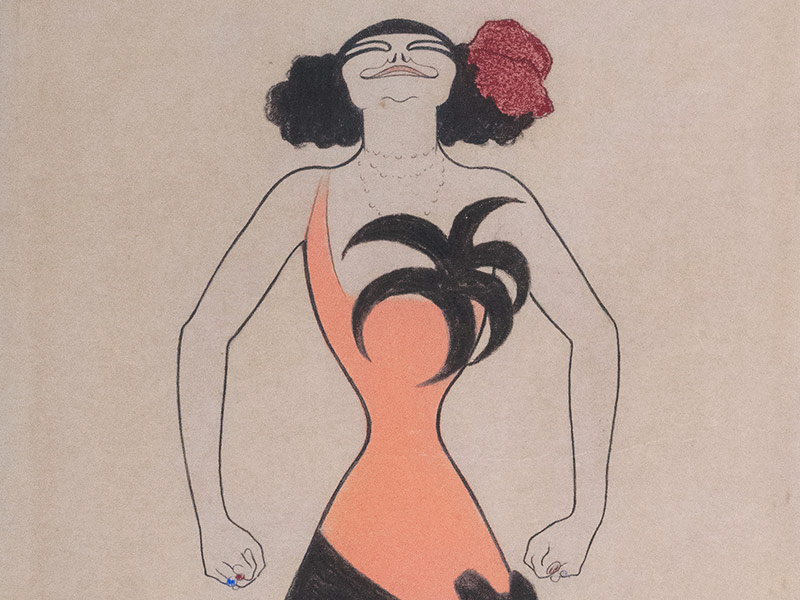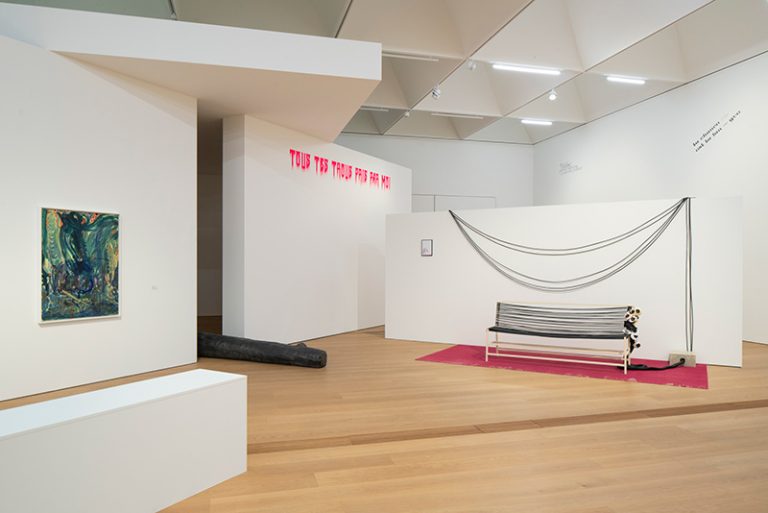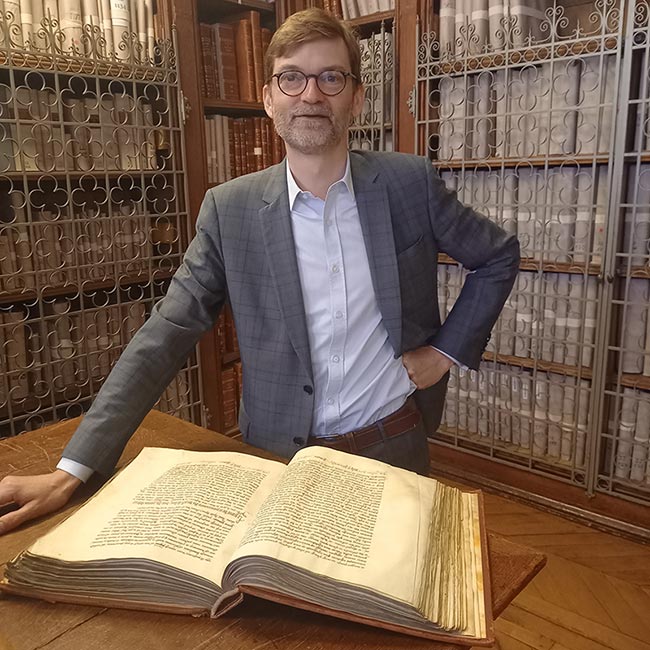L’Isle-Adam. Fans of advertising art are well aware of Leonetto Cappiello (1875-1942), this Italian who revolutionized the art of the poster in Belle Époque France. His secret? Look for the stain, which “ at a great distance, will catch the eye of the passer-by”he declared in the December 1906 issue of the magazine Modern Advertising. It is not the posters that the Louis-Senlecq Museum presents but the caricatures, much less known although all or almost all of them were published between 1898 and 1905.
It was easy for the curators, Caroline Oliveira and Nicholas-Henri Zmelty, to bring together the hundred works (including three sculptures), most of which have never been seen before, that they are presenting: the painter’s grandchildren, attached to the city of L’Isle-Adam, where their grandfather went on vacation every summer in the 1920s and 1930s, offered them the opportunity to choose them from their very rich collection, Atelier Cappiello. To their drawings were added four paintings from the Musée d’Orsay that are very rarely shown. In the route thus constructed, actresses and actors of the time follow one another (Sarah Bernhardt shines in a space reserved for her), stars of the music hall (in this area, it is Yvette Guilbert who is the subject of a focus) and opera, and finally men of letters.
At the start of the exhibition, some so-called “caricatural” posters are presented praising shows. Cappiello wonderfully captured the chic rascality of Réjane, the respectability displayed by the actress and demi-mondaine Hélène Chauvin and the witty elegance of Odette Dulac. All smile, just like Louise Balthy dancing on the poster before the letter ofA review at the Folies-Bergère (1902). The finesse of her silhouette, her elegance, her devastating humor and her enthusiasm had made her one of the darlings of Paris. This ugly woman wearing, in the fashion of the time, a little ball bun on top of her head was specialized in the rosse song. Cappiello, who designed it all in curves, exalts its energy and intelligence.
Exaggerate the line to better crunch
This sympathy for his models (who rushed to be photographed) is his trademark, combined with a refined style leaving only an arabesque line and a few flat areas of color. The face is reduced to a smile, the line of the nose and eyebrows and two lines or two dots for the eyes. In The weather On January 4, 1903, Joseph Galtier devoted an article to the beginnings of Cappiello. He confided to him: “Women do not seem to me to be treated as they deserve. I did not think that it was necessary to caricature them to distort their features, to make them ugly or beautify them, to make the old women look younger or the young to age. No, the main thing for me was to keep and highlight their type, their character, their line and sometimes also their color. The caricature thus becomes not the distortion, but the exaggeration of the dominant feature or features. […] The caricature highlights the expression of a trait rather than the trait itself. Granier, I represent her with big eyes – see these black lines – and yet her eyes, in reality, are rather small and lively. But what mobility, what life! [..] Mellot, on the contrary, has large black eyes; I represent them with a point, that’s all. What I rendered was the deep, penetrating look, one of those imperious looks that command attention. » And the editor continues: “Cappiello’s way of working is not banal. At the theater, his pencil in hand, he draws a simple line on a page, it is an arm; on another sheet, a dot and it’s a look; this curve is the flight of a skirt. Returning home, he works until four in the morning, still feeling the vivid impression of what he has just seen. »
A stunning catalog of the glories of the time, the exhibition shows this work of the night by putting side by side the different stages to arrive at the outline which will be published. A fascinating dive into the art of a great designer who is little-known today.







